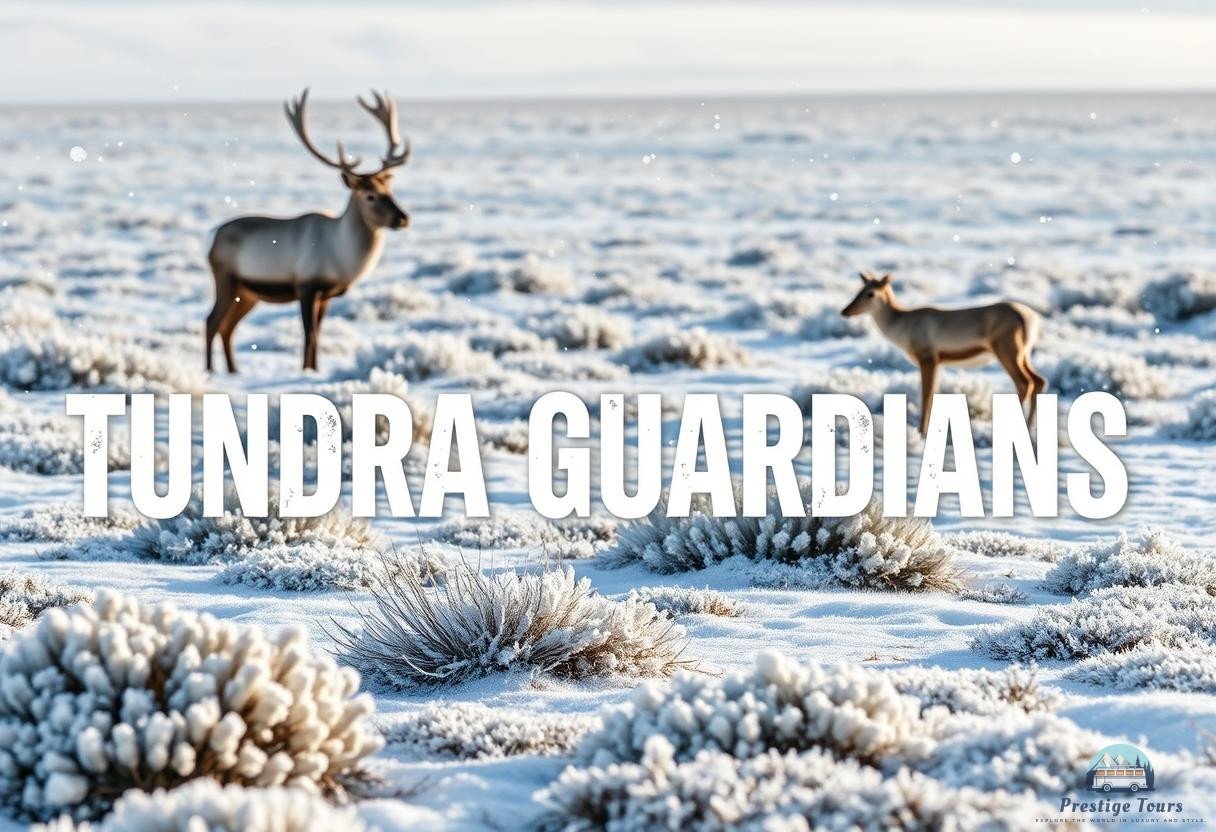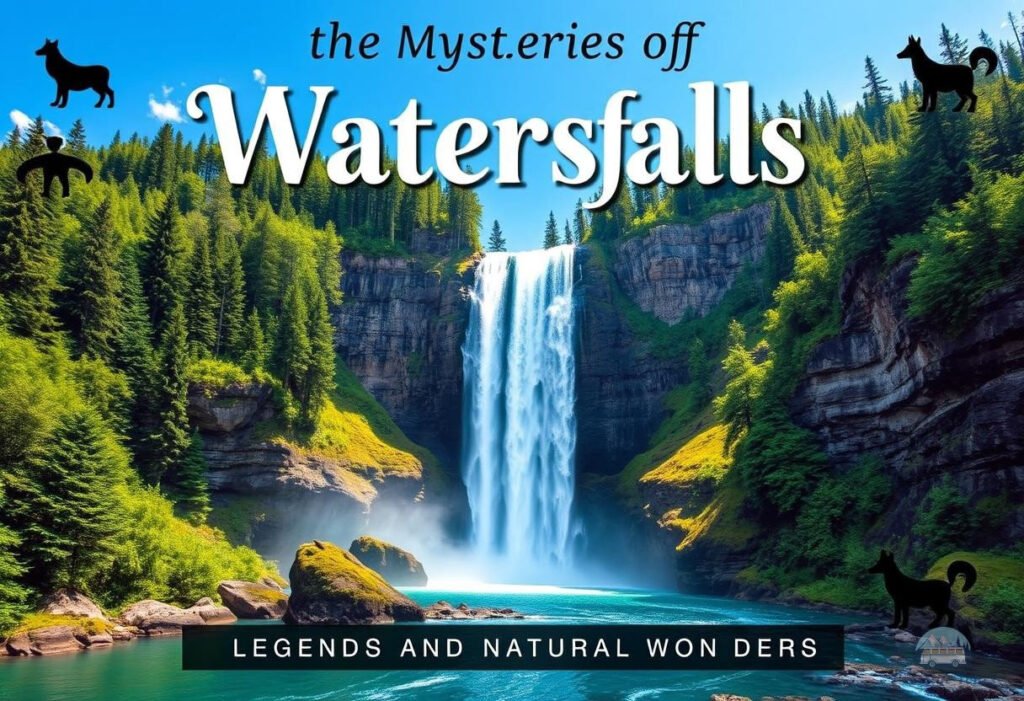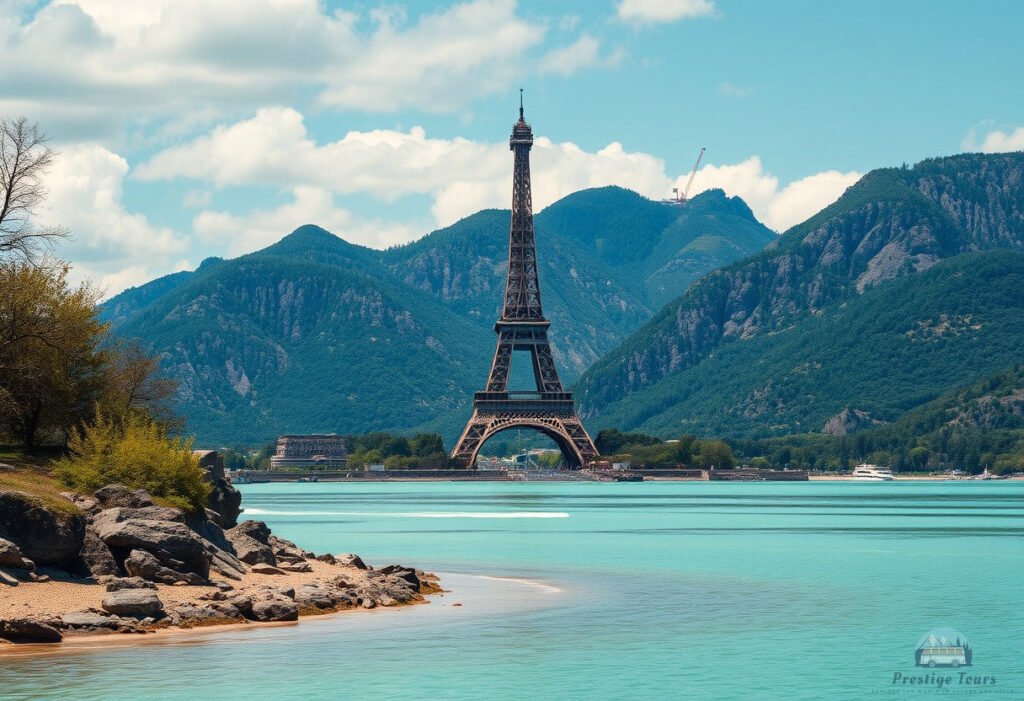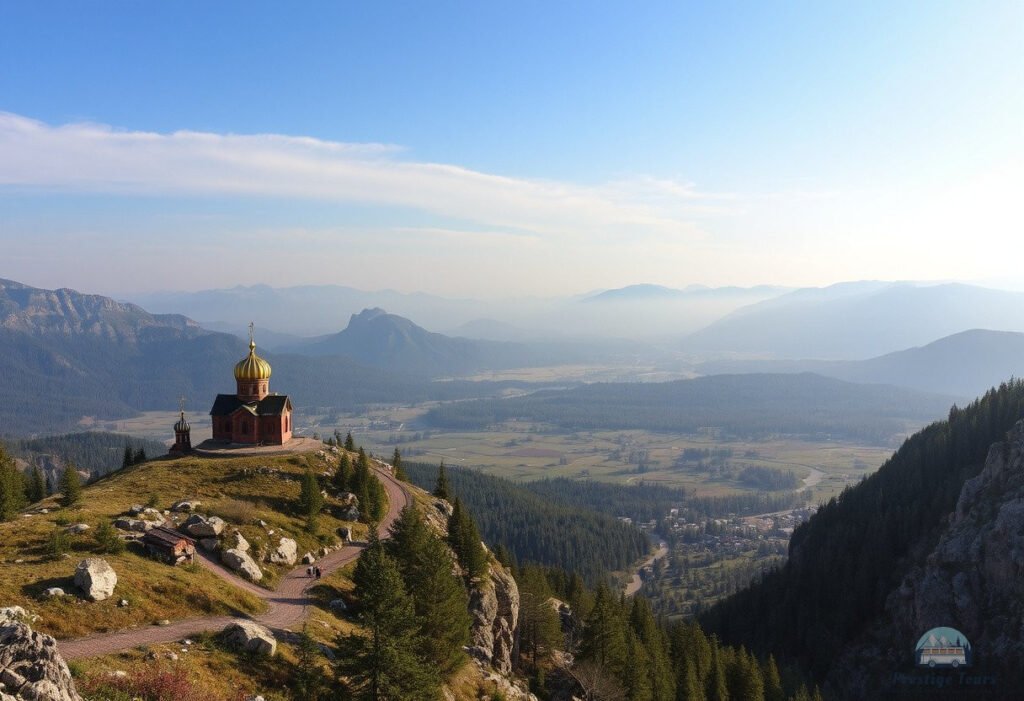Introduction to the world of tundra
Tundra Guardians are not only symbols of the northern latitudes, but also important components of the fragile tundra ecosystem. Tundra is a unique biome found in the northern regions of the Earth, characterized by cold temperatures, a short growing season, and limited flora and fauna. This ecosystem plays a key role in the global climate, absorbing carbon and regulating atmospheric oxygen levels.
Unique species of tundra guardians
Tundra flora: adaptations for life in harsh conditions
The flora of the tundra includes a number of amazing plants that can survive in extreme climate conditions. Most of them are small in stature, which helps them withstand strong winds and low temperatures. Popular representatives of the tundra flora include mosses, lichens, dwarf shrubs and grasses.
- Mosses: play an important role in maintaining humidity and provide food for many animals.
- Lichens: frost-resistant, often found on rocks and soil.
- Dwarf shrubs: due to their small stature, they reduce the impact of wind.
Tundra Fauna: From Mammals to Birds
The fauna of the tundra is represented by numerous species of animals adapted to cold conditions. Among mammals, species such as reindeer, arctic fox and polar bear stand out. Birds such as goslings and snowy sparrows use the tundra as a place to nest and search for food.
- Reindeer: An important species for indigenous peoples who use them as a source of food and materials.
- Arctic fox: Adapted to harsh conditions and has thick fur.
- Polar bears: predators that depend on sea ice to hunt seals.
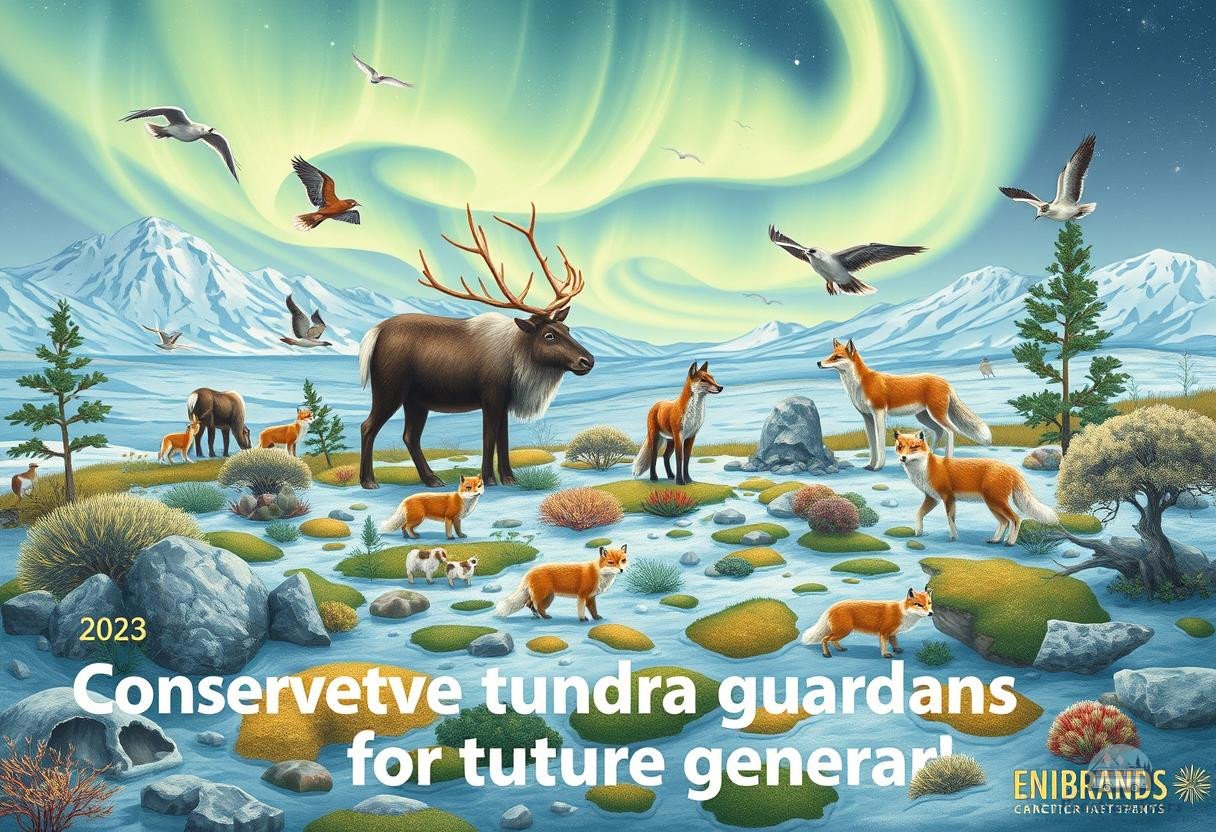
Ecosystem interactions and conservation
The relationship between tundra keepers and their habitat
Tundra keepers have a complex relationship with their environment. Plants provide food for animals, and the animals themselves help disperse seeds and maintain ecosystem balance. In addition, the presence of different species ensures the health of tundra ecosystems, contributing to their resilience to climate change.
Threats to tundra ecosystems and ways to preserve them
Despite their resilience, tundra ecosystems face many threats, including climate change, mining, and pollution. These factors can destroy the delicate balance necessary for the survival of many species. Preservation of tundra ecosystems can be achieved through the establishment of nature reserves and national parks, such as Greenland National Park, and through the sustainable use of natural resources.
Visiting the Tundra: Tips for Tourists
Best routes and times to visit the tundra
Visiting the tundra can be an unforgettable experience, especially for nature lovers. The best time to travel is during the summer months, when the temperatures are more comfortable and nature is in full bloom. It is recommended to choose proven routes with experienced guides to learn more about the local flora and fauna.
Etiquette and precautions when observing tundra keepers
When observing the tundra guardians, certain rules should be followed. First, do not approach the animals too close, so as not to disrupt their usual way of life. It is also recommended not to leave garbage and to refuse any actions that may harm the ecosystem.
Tundra guardians are therefore essential to the ecosystem, playing a critical role in maintaining biodiversity and balance in this unique world. Understanding the importance of these species and teaching respect for their habitat are key to ensuring the future of tundra ecosystems.
